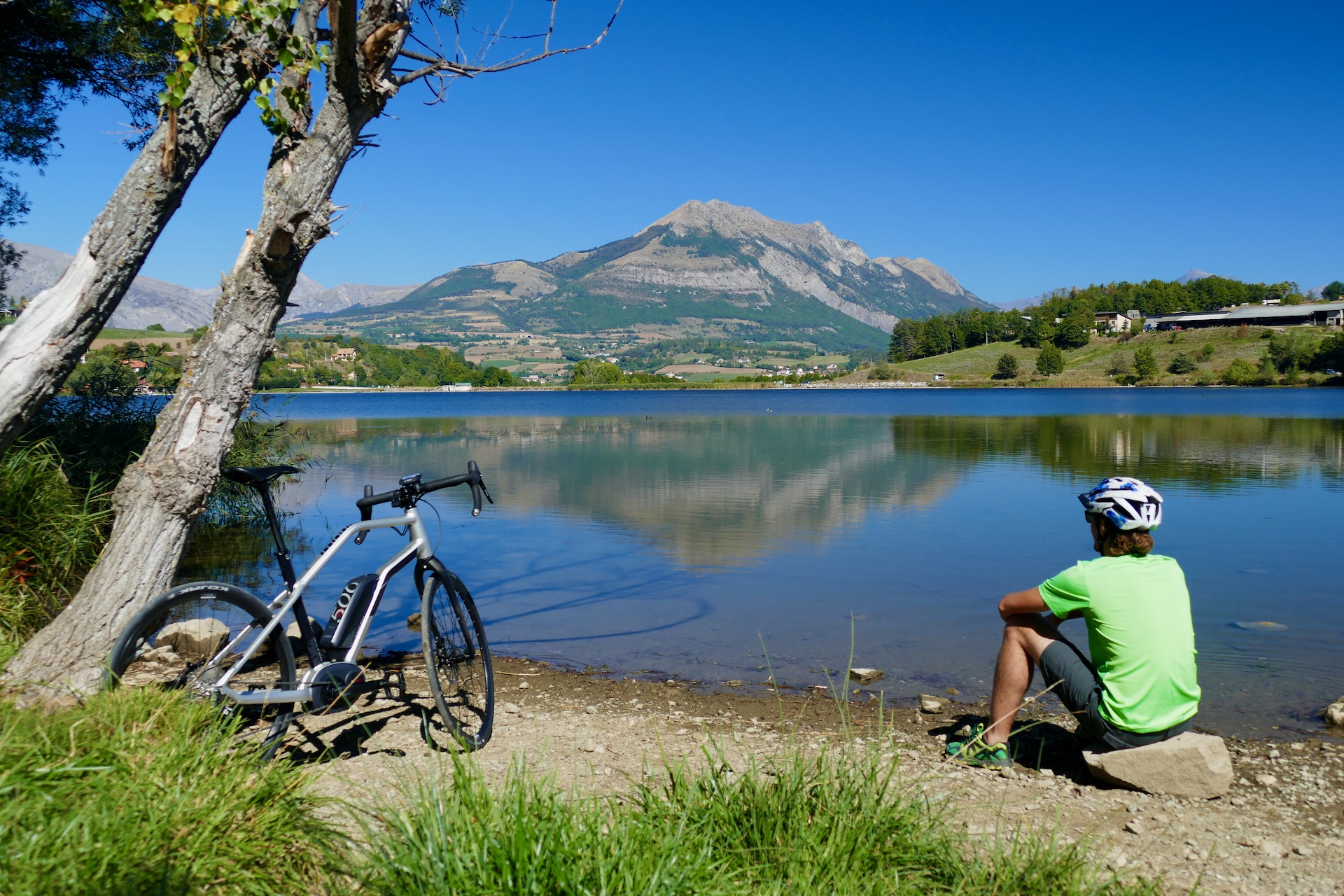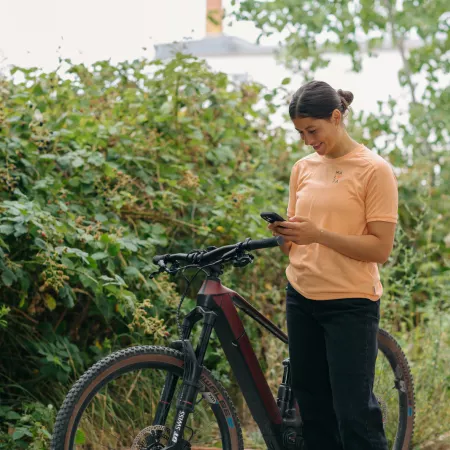Which VAE for an Alpine crossing?
For routes as demanding as Route des Grandes Alpes ® or P'tites Routes du Soleil ®, the use of a bike equipped with a central motor with torque sensor is essential. This type of motorization enables finer management of effort and contributes to optimizing autonomy, particularly on long climbs, compared with motors placed in the wheel. To help you choose the right electrically-assisted bicycle for your needs, there are useful online tools, such as this VAE advisor or this model database listing a wide selection of electrically-assisted bicycles available on the market.

Essential criteria
- Bike type: a sturdy VTC/electric trekking bike, an electric Gravel or a semi-rigid electric mountain bike are the best options. An urban or entry-level EAB will not be suitable for long distances and steep slopes.
- A comfortable bike that's well adjusted to your morphology, as you'll be spending 4 to 6 hours a day in the saddle. Position and postural study: an adjustable stem, good handlebar ergonomics and an adapted saddle are essential to avoid pain and discomfort.
- A powerful motor (70-85 Nm of torque), like the Bosch Performance Line CX or Performance Line, to tackle long mountain passes.
- The battery: today, 500 Wh is a bare minimum, but it's strongly advised to opt for 625 Wh or 750 Wh (or more) to avoid being too limited in autonomy, especially on long stages and with a loaded bike. A DualBattery system (1000 to 1600 Wh) or the ability to replace a battery easily is ideal for a stress-free trip.
- The drivetrain: opt for a wide-range derailleur (Shimano 105 or Ultegra, Deore XT, SRAM GX, etc.) or an Enviolo or Rohloff hub drivetrain, which is more robust and suited to long distances.
- Brakes: powerful hydraulic disc brakes are a must, as descents of mountain passes are long and technical.
